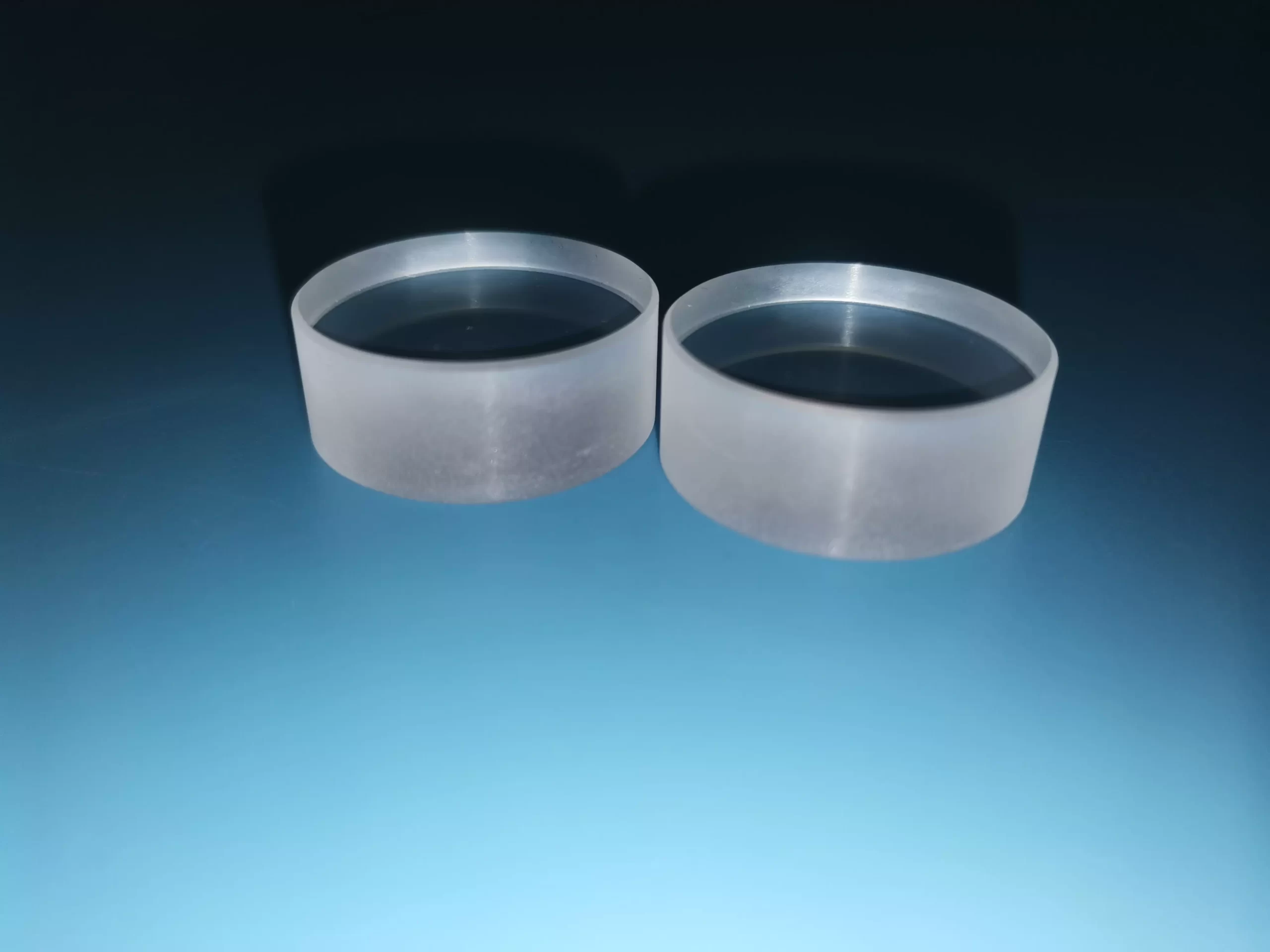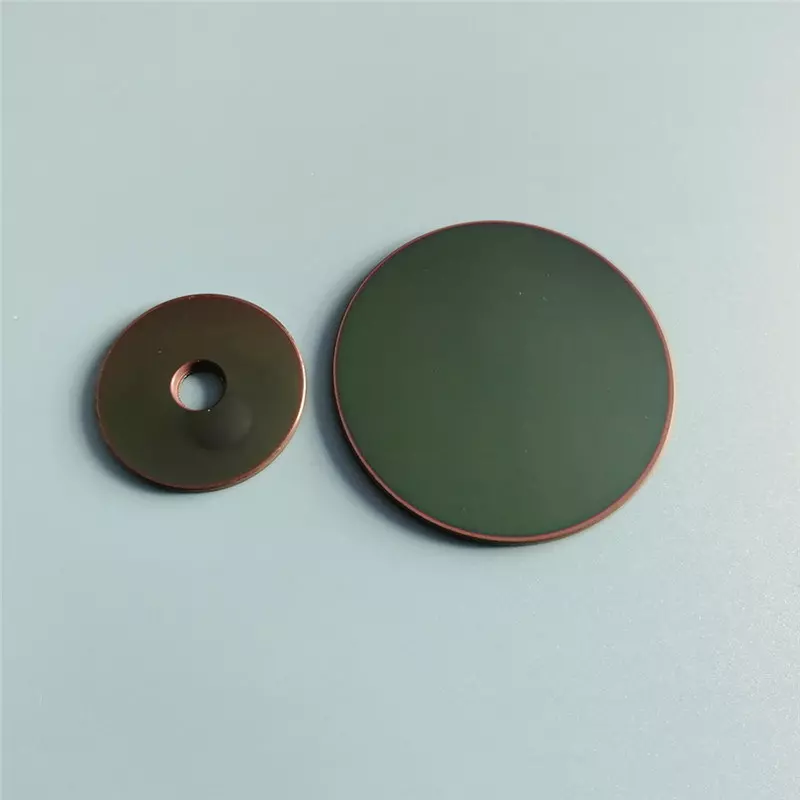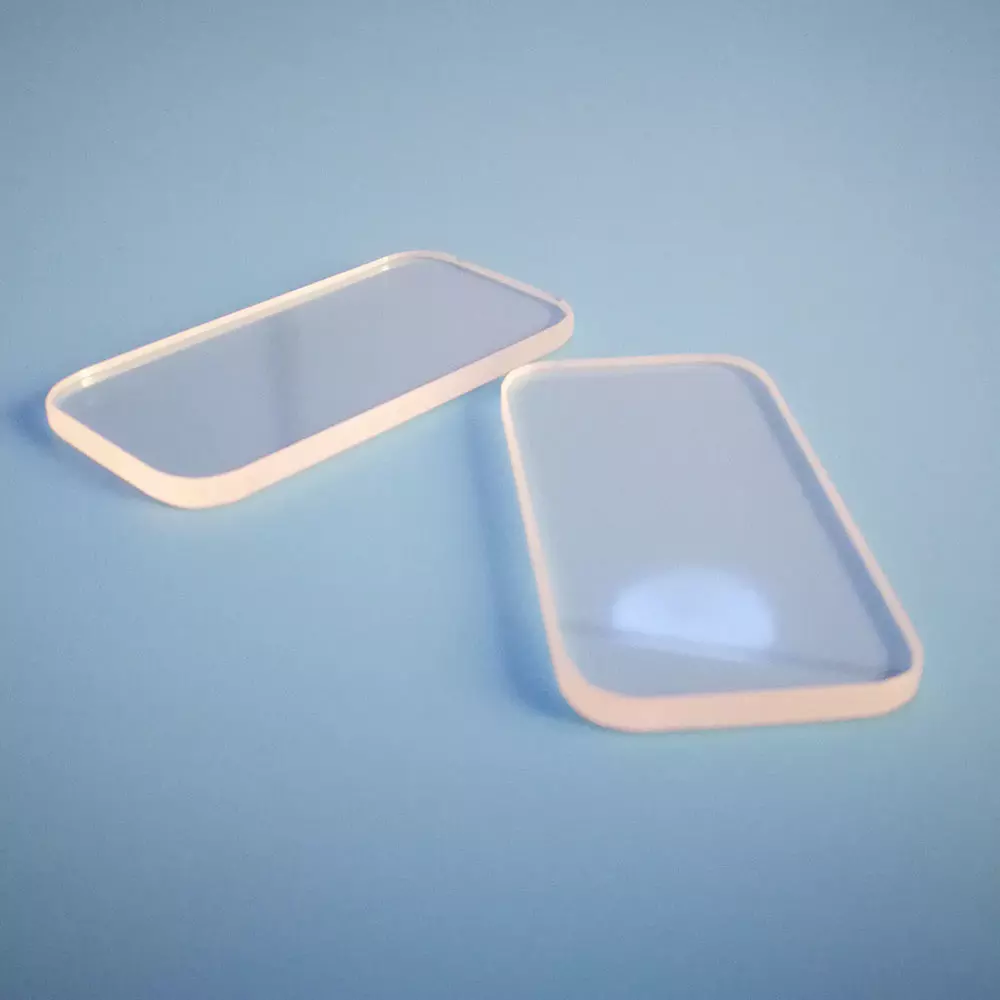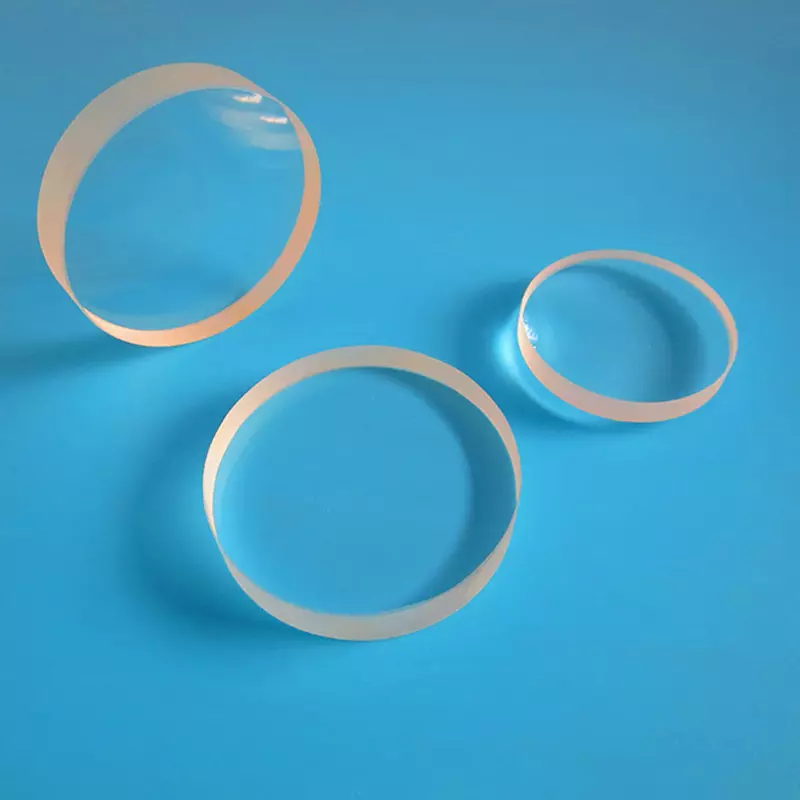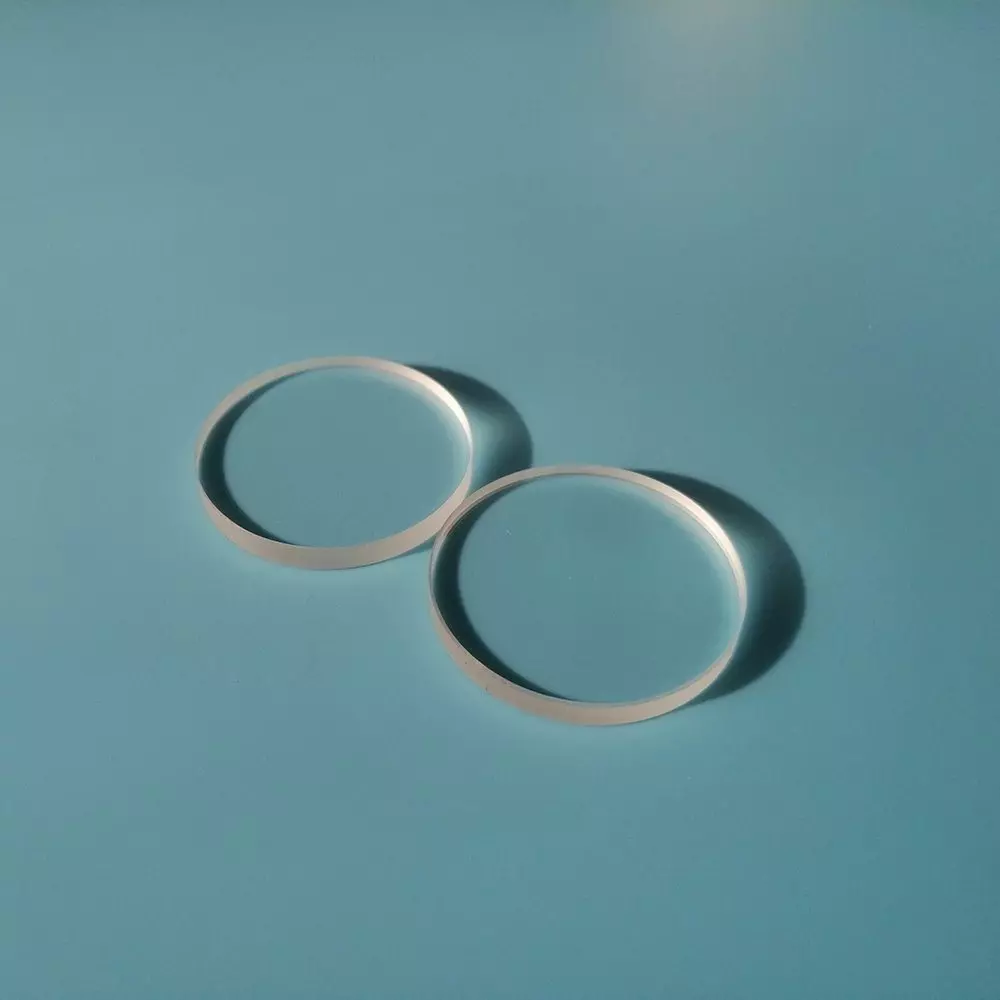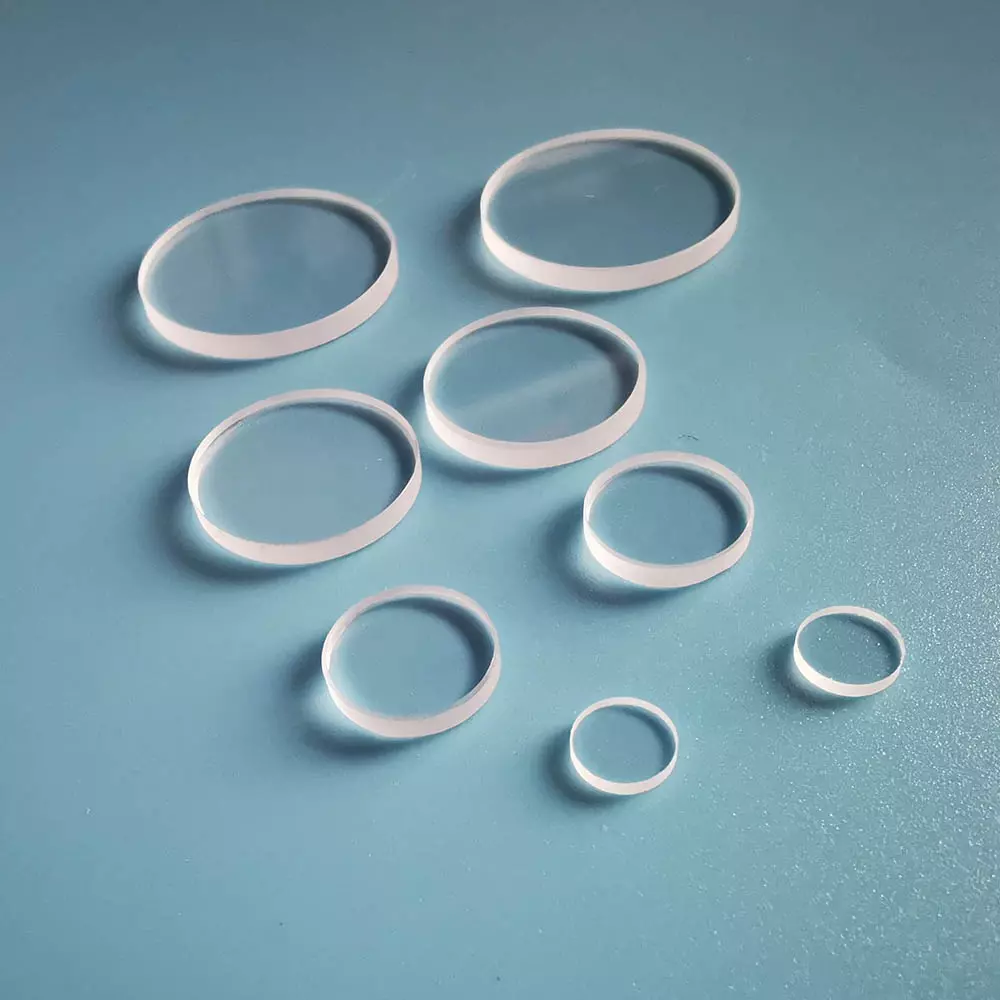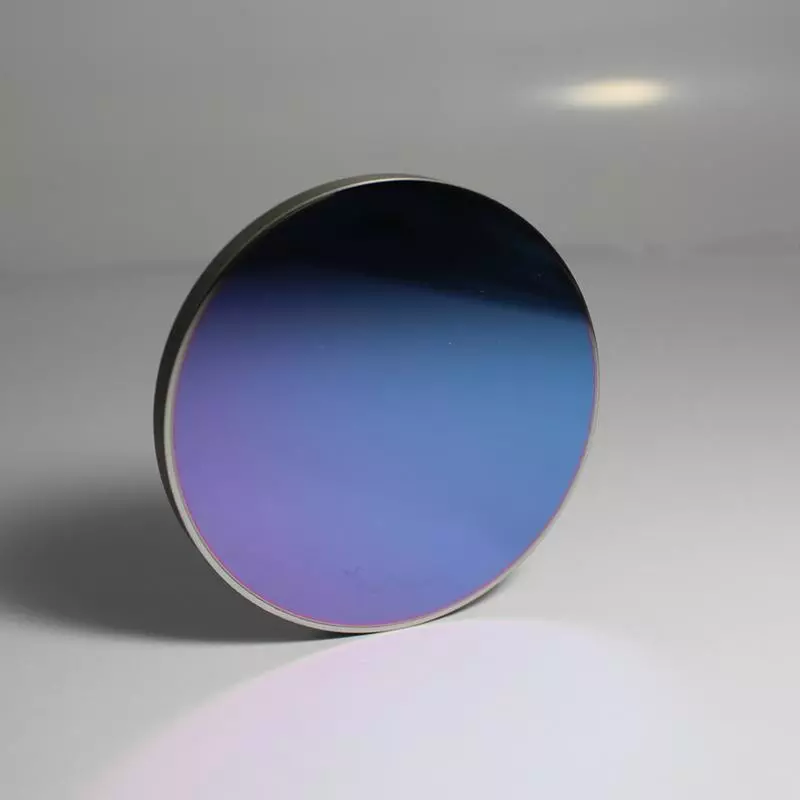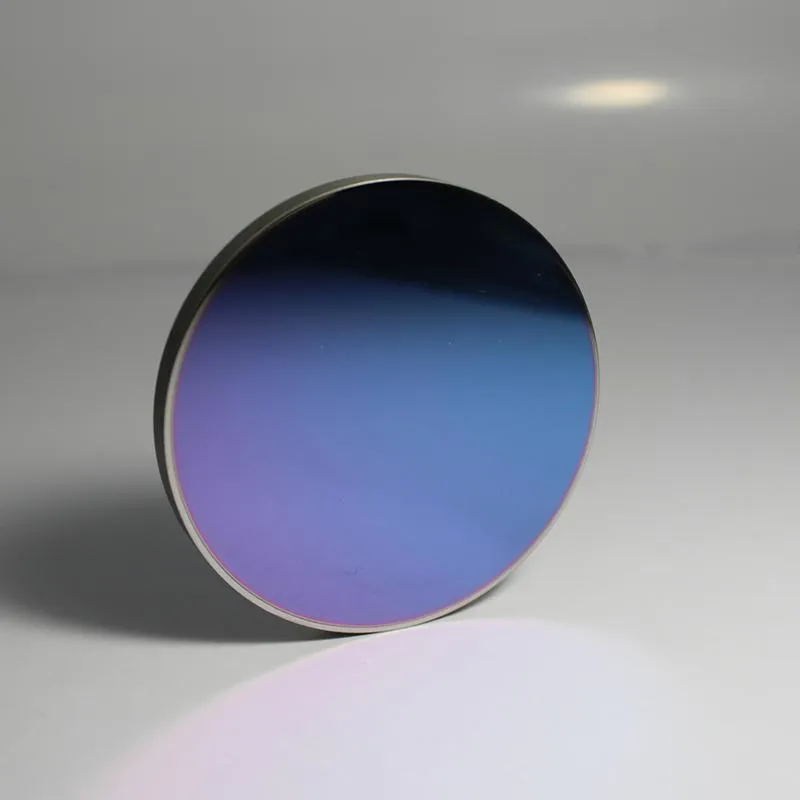Infared glass lens
An infrared glass lens is a crucial component in various optical systems, designed to capture and focus infrared light for enhanced imaging and precision. Whether used in thermal cameras, night vision devices, or industrial inspection equipment, these lenses provide clear and accurate images in low-light or challenging conditions. The ability of an infrared glass lens to focus infrared wavelengths makes it an indispensable tool in applications that require superior clarity in the infrared spectrum.
Infrared Glass Lens: The Key to Advanced Optical Performance
The infrared glass lens plays a pivotal role in systems that operate beyond the visible light spectrum. These lenses are specifically engineered to transmit infrared light, which is essential for tasks such as thermal imaging, surveillance, and scientific research. By capturing a broader range of wavelengths, infrared glass lenses allow devices to detect heat signatures, making them ideal for applications like security monitoring and environmental assessments.
Applications of Infrared Glass Lenses Across Industries
Infrared glass lenses are utilized in a wide array of industries, offering reliable performance and high-resolution imaging for critical tasks. Some of the most common applications include:
- Thermal Cameras: Used for detecting heat patterns, infrared glass lenses are essential in thermal cameras that monitor temperature fluctuations in buildings, electrical systems, and machinery.
- Night Vision: In surveillance and defense sectors, infrared glass lenses allow for clear vision in complete darkness by capturing infrared light that the human eye cannot see.
- Medical Imaging: In the healthcare field, infrared lenses assist in non-invasive diagnostics by detecting heat variations in the body, which can indicate inflammation or other medical conditions.
- Industrial Inspection: Infrared glass lenses are used to monitor and inspect equipment, pipelines, and electrical systems, detecting potential faults through thermal anomalies.
Infrared Glass Lens: Why It’s Essential for Precision Imaging
The ability to capture infrared light is essential for systems that require clear and accurate imaging in challenging environments. The infrared glass lens is designed to:
- Transmit Infrared Wavelengths: These lenses are optimized to allow infrared light to pass through, providing sharp images beyond the visible spectrum.
- Enhance Clarity in Low-Light Conditions: By focusing infrared light, these lenses enable cameras and imaging systems to deliver clear visuals even in complete darkness.
- Withstand Extreme Conditions: Made from durable materials, infrared glass lenses are built to perform reliably in harsh environments, including extreme heat, cold, and humidity.
Choosing the Right Infrared Glass Lens for Your Application
When selecting the right infrared glass lens, it’s essential to consider the specific needs of your application. Key factors to keep in mind include:
- Wavelength Range: Depending on the application, you may need lenses that operate in specific parts of the infrared spectrum, such as near-infrared (NIR) or long-wave infrared (LWIR).
- Material Quality: The materials used in infrared glass lenses are critical for ensuring optimal performance. High-quality glass types such as germanium and silicon are often used to enhance clarity and durability.
- Lens Coatings: Anti-reflective coatings on infrared glass lenses can help improve light transmission and reduce glare, enhancing the overall image quality in infrared systems.
An infrared glass lens is a vital component for capturing high-resolution infrared images, making it indispensable in industries ranging from security and defense to medical imaging and industrial inspection. At OptiTechno, we offer high-performance infrared glass lenses designed to meet the unique requirements of various applications. Whether you need a lens for night vision, thermal cameras, or precision diagnostics, our range of infrared glass lenses delivers the reliability and clarity you need for superior infrared imaging.
We offer fast and secure shipping of infrared glass lenses across the USA and Europe, ensuring timely delivery for security, industrial, and medical applications. Our trusted logistics network guarantees safe handling and efficient transit, so you receive high-performance infrared optics without delays. Experience hassle-free international shipping with our reliable service.
Our Ordering Process
Send us your request with detailed specifications
Receive a commercial offer with terms and costs
After your approval, we handle manufacturing, quality control, and shipping
📦 Shipping
3-5 days in EU, from 10 days to USA
💳 Payment methods
Cash, Bank Transfer, Cards (Visa, Mastercard, Amex, Discover) and PayPal
💬 Questions?
Contact us via WhatsApp, phone, live chat or email
